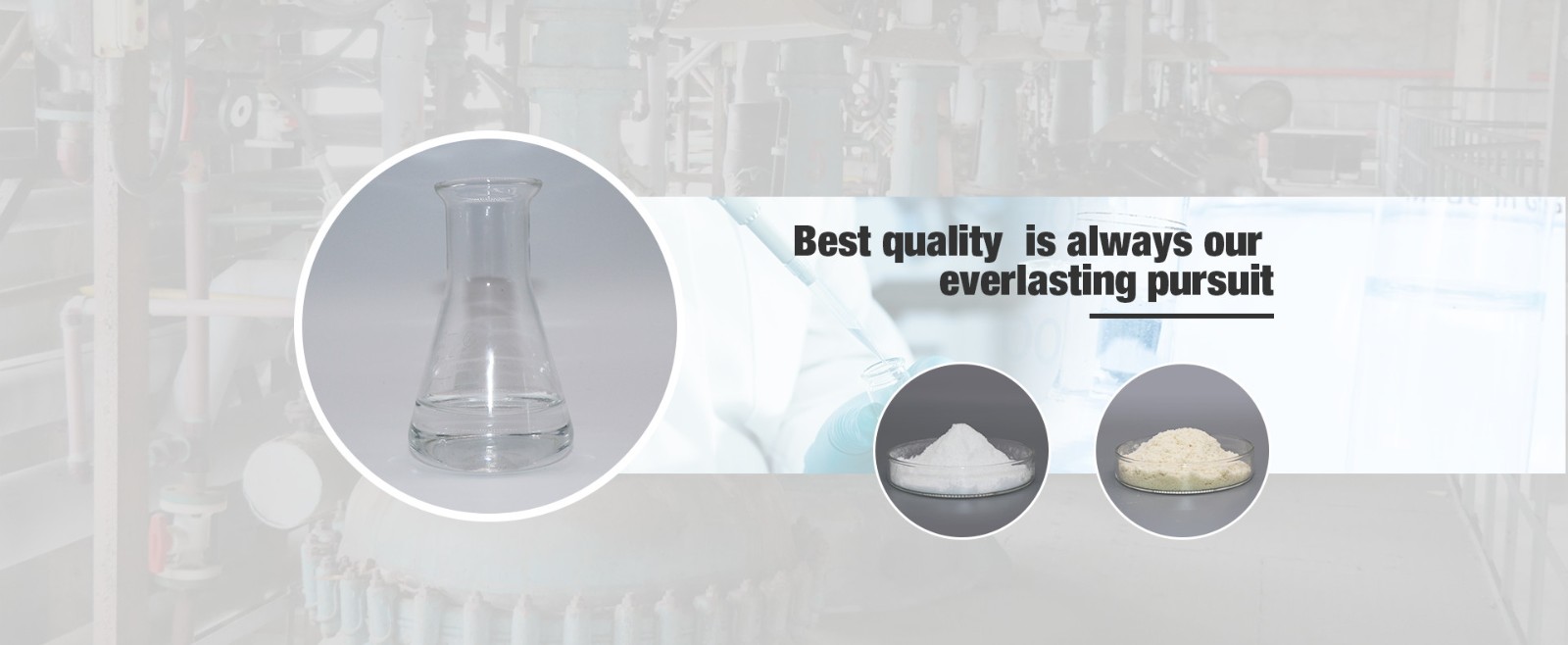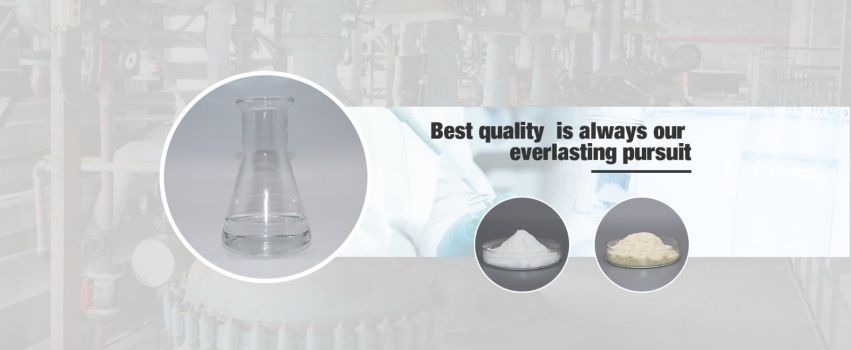Biological buffers are solutions that are used to maintain the pH of a solution within a narrow range. They are used in many biological systems, including the human body, to regulate the pH of body fluids and to prevent pH changes that could be harmful to cells and tissues.
Biological buffers consist of a weak acid and its conjugate base, or a weak base and its conjugate acid. When the pH of a solution is changed, the buffer system is able to compensate for the change by releasing or absorbing hydrogen ions (H+) or hydroxide ions (OH-). This helps to maintain the pH of the solution within a narrow range.
There are many different biological buffers that are used in the body, including:
1. Carbonic acid-bicarbonate buffer: This buffer system is found in the blood and is used to regulate the pH of body fluids. It consists of carbonic acid (H2CO3) and sodium bicarbonate (NaHCO3).
2. Phosphate buffer: This buffer system is found in the urine and is used to regulate the pH of urine. It consists of monohydrogen phosphate (H2PO4-) and dihydrogen phosphate (HPO4 2-).
3. Protein buffer: This buffer system is found in the blood and is used to regulate the pH of body fluids. It consists of proteins that can bind and release hydrogen ions.
Biological buffers are essential for the proper functioning of the body, and they play a critical role in maintaining the pH of body fluids within a narrow range.




















